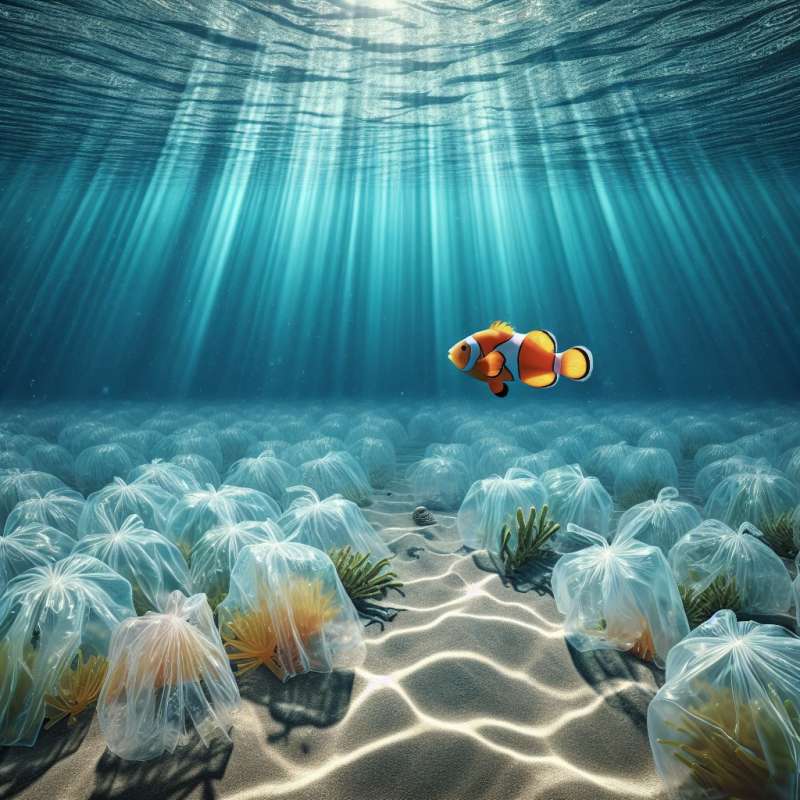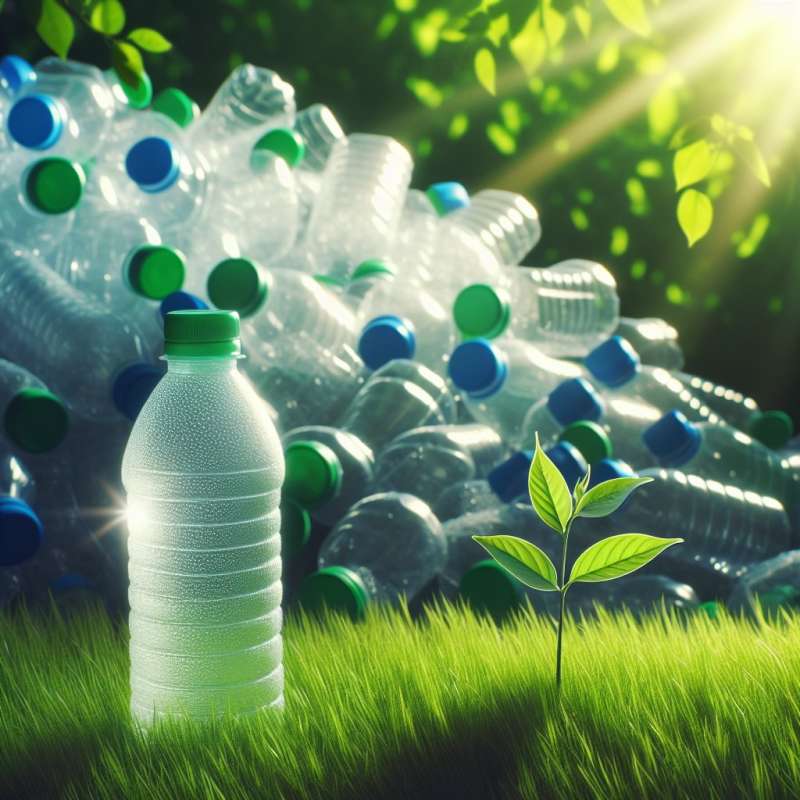
Ubiquity of Plastics
Plastics are pervasive across the globe, found in objects from packaging to clothing. They are lightweight, versatile, and durable, making them a material of choice for countless applications.
Plastics in Oceans
By 2050, there could be more plastic by weight in the oceans than fish. Microplastics have infiltrated marine ecosystems, ingested by sea life, and consequently entering the food chain.
Airborne Plastic Particles
Not just in water, but plastics permeate the air. Microplastics have been found in remote areas, transported by winds, indicating the extensive reach of plastic pollution beyond urban areas.
Plastic in Food
Plastics find their way onto our plates. Microplastics have been detected in sea salt, beer, and even honey. Some are so small they can penetrate cells and tissues in the human body.
Plastic and Health
Chemicals from plastics, like BPA and phthalates, can disrupt endocrine function. They mimic hormones and have been linked to health issues including reproductive disorders and impaired brain function.
Biodegradable Plastic Myth
Biodegradable plastics often require specific conditions to break down, which are not met in landfills. Most do not decompose as expected, contributing to persistent environmental pollution.
Plastic Recycling Reality
Only 9% of plastics are recycled globally. Many plastics are downcycled into lower-quality materials, and eventually, they too become waste, challenging the notion of plastics as a sustainable material.
What properties make plastics a popular material?
Lightweight, versatile, durable
Heavy, rigid, biodegradable
Conductive, transparent, expensive
Company